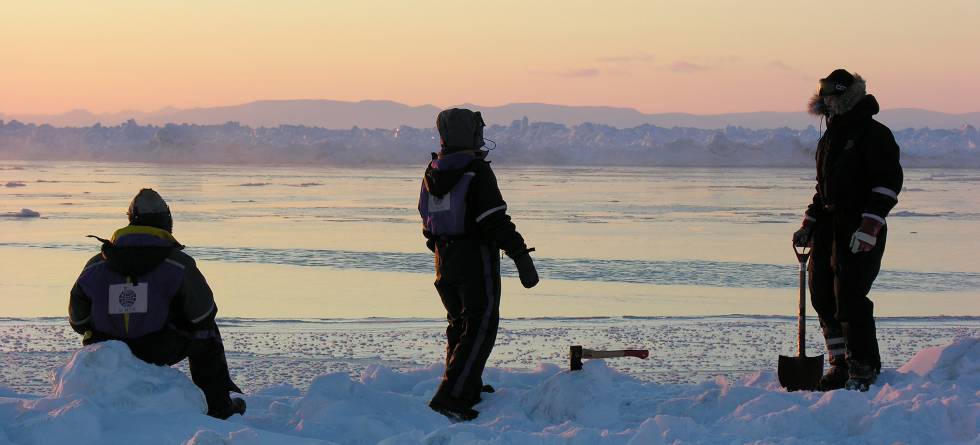Written by Lars Henrik Smedsrud, professor at the Bjerknes Centre, the Geophysical Institute at the University of Bergen, and The University Centre in Svalbard (UNIS).
Normal sea water contains about 34 grams of salt per kilogram and freezes around ‐1.85 °C. At the surface in both Arctic and Antarctic waters the temperature is close to this freezingpoint. When the sea water is cooled further by the colder atmosphere above, sea ice will normally form. This sea ice then insulates the surface water towards further cooling, because sea ice conducts heat much more slowly than the turbulent ocean and atmosphere.
However, seawater can be cooled to even lower temperatures without turning into ice. This phenomenon is called supercooling.
Supercooled water is found in the polar oceans, typically in regions where the ocean is in contact with ice, as is the case for the enormous seasonal sea‐ice region around Antarctica. But collecting measurements in this region under the thick ice cover during the dark and cold Antarctic winter is challenging.
In a new paper in Geophysical Research Letters a group of US authors and I supplement this rather sparse traditional ship‐based observations with data collected by autonomous floats and instrumented marine mammals. They detect and analyze where, when, and how supercooled seawater forms in the Southern Ocean.
It was a large surprise to see how wide-spread this phenomenon really is. We have only been able to measure such supercooling over short bursts of time before, and in very special places like along the ice edge of polynyas on Svalbard.
We found widespread supercooling related to melting, floating glaciers (ice shelves) along the Antarctic coast and sea‐ice formation. Our analysis enables detection of sinking supercooled plumes from sea‐ice formation, which may be important for cooling the deep ocean and transporting constituents such as carbon, nutrients, or oxygen from the ocean's surface to deeper layers.
Reference
Haumann, F. A., Moorman, R., Riser, S., Smedsrud, L. H., Maksym, T., Wong, A. P. S., et al. (2020). Supercooled Southern Ocean Waters. Geophysical Research Letters, 47, e2020GL090242.

